Spain The 10 most touristically places, Spain is a country rich in history, culture, and natural beauty, making it a top destination for travellers from around the world. Shedding light on the unique attractions that draw millions of visitors each year.
1. Barcelona: The Jewel of Catalonia
Barcelona, the capital of Catalonia, stands as a testament to the architectural brilliance of Antoni Gaudí. The city’s most iconic landmark, the Sagrada Familia, is a mesmerizing basilica that has been under construction for over a century. Gaudí’s influence extends to other sites, such as Park Güell, where whimsical mosaics and vibrant sculptures adorn the landscape. Beyond its architectural wonders, Barcelona’s vibrant street life, world-class museums like the Picasso Museum, and the lively La Rambla promenade contribute to its allure.
2. Madrid: Spain’s Cultural Heart
As the capital of Spain, Madrid is a hub of cultural treasures and historical landmarks. The Prado Museum, home to an extensive collection of European art, including works by Velázquez and Goya, is a must-visit for art enthusiasts. The Royal Palace, a grandiose symbol of Spanish royalty, offers a glimpse into the country’s regal past. Madrid’s bustling Puerta del Sol, renowned tapas bars, and the sprawling Retiro Park add to the city’s dynamic appeal, making it a cultural and culinary delight.
3. Seville: Flamenco and Moorish Heritage
Seville, in southern Spain, captivates visitors with its rich Moorish heritage and vibrant flamenco scene. The Alcazar, a palace complex with stunning Islamic architecture, and the Giralda Tower, a former minaret converted into a bell tower, showcase the city’s historical splendor. The Seville Cathedral, the largest Gothic cathedral in the world, is a UNESCO World Heritage site and houses Christopher Columbus’s tomb. Seville’s festive atmosphere reaches its peak during Semana Santa (Holy Week) and the Feria de Abril, two events that showcase the city’s passion for tradition and celebration.
4. Granada: The Alhambra’s Majesty
Granada, nestled in the foothills of the Sierra Nevada, is home to the iconic Alhambra, a palace and fortress complex that reflects the peak of Islamic art and architecture in Spain. The Nasrid Palaces, Generalife Gardens, and the Alcazaba fortress offer a mesmerizing journey through centuries of history. The Alhambra’s intricate tilework, courtyards, and panoramic views of the city make it an essential stop for anyone exploring the Iberian Peninsula.
5. Valencia: The City of Arts and Sciences
Valencia, on the eastern coast of Spain, seamlessly combines futuristic architecture with historical charm. The City of Arts and Sciences, designed by Santiago Calatrava, is a modern marvel comprising an opera house, planetarium, and science museum. The Turia Gardens, a lush park created from a diverted riverbed, offers a peaceful retreat. Valencia’s Old Town, with its medieval architecture and the iconic Valencia Cathedral, provides a stark contrast to the contemporary attractions, making the city a well-rounded destination for diverse interests.
6. Ibiza: White Sands and Nightlife
Ibiza, part of the Balearic Islands, is synonymous with pristine beaches, crystal-clear waters, and a legendary nightlife scene. While the island’s beaches, such as Playa d’en Bossa and Talamanca, attract sun-seeking tourists, Ibiza’s reputation as a party destination is unparalleled. World-famous clubs like Pacha and Amnesia host international DJs, drawing electronic music enthusiasts from across the globe. The old town, Dalt Vila, with its medieval architecture and panoramic views, offers a quieter side to this multifaceted island.
7. Cordoba: The Mezquita’s Grandeur
Cordoba, with its historic charm, is home to the magnificent Mezquita, a mosque-cathedral that epitomizes the city’s cultural and religious diversity. The Mezquita’s horseshoe arches and intricate tilework showcase the fusion of Islamic and Christian influences over the centuries. Cordoba’s Jewish Quarter, with its narrow streets and courtyards adorned with flowers, adds to the city’s enchanting atmosphere. During the annual Patio Festival, residents open their homes to showcase the beauty of their private courtyards, adding a touch of local hospitality to the city’s allure.
8. Toledo: A Medieval Masterpiece
Toledo, a UNESCO World Heritage site, is a medieval marvel known for its well-preserved architecture and cultural significance. The city, perched on a hill overlooking the Tagus River, served as the capital of the Visigothic Kingdom and later as a key center of Moorish and Christian cultures. The Toledo Cathedral, a Gothic masterpiece, and the Alcázar of Toledo, a historic fortress, are among the city’s top attractions. Toledo’s narrow streets, lined with shops selling traditional crafts, transport visitors back in time, providing a glimpse into Spain’s storied past.
9. Malaga: The Gateway to the Costa del Sol
Malaga, located on the Costa del Sol, is a coastal city celebrated for its sunny weather, sandy beaches, and cultural attractions. The birthplace of renowned artist Pablo Picasso, Malaga pays homage to its native son with the Picasso Museum, displaying a comprehensive collection of his works. The Alcazaba, a Moorish fortress, and Gibralfaro Castle offer panoramic views of the city and the Mediterranean Sea. Malaga’s vibrant street art scene, lively markets, and a burgeoning culinary landscape contribute to the city’s growing popularity among tourists.
10. San Sebastian: Gastronomic Paradise
Nestled in the Basque Country, San Sebastian is renowned for its picturesque beaches, Belle Époque architecture, and, most notably, its culinary scene. La Concha Beach, with its golden sands and turquoise waters, is a popular destination for sunbathing and water activities. The Old Town, known as Parte Vieja, is a gastronomic haven, boasting numerous pintxos bars where visitors can indulge in the region’s famous small, flavorful bites. San Sebastian’s Michelin-starred restaurants, such as Arzak and Mugaritz, have elevated the city to international acclaim as a culinary destination.
In conclusion, Spain’s allure as a tourist destination lies in its diverse offerings, ranging from architectural wonders and historical landmarks to stunning natural landscapes and vibrant cultural scenes. Each of the 10 highlighted destinations provides a unique facet of Spain’s rich tapestry, inviting travelers to explore the country’s multifaceted beauty. Whether reveling in the artistic wonders of Barcelona, immersing in the cultural richness of Madrid, or savoring the culinary delights of San Sebastian, Spain stands as a testament to the seamless fusion of tradition and modernity, making it a perennial favorite among globetrotters.


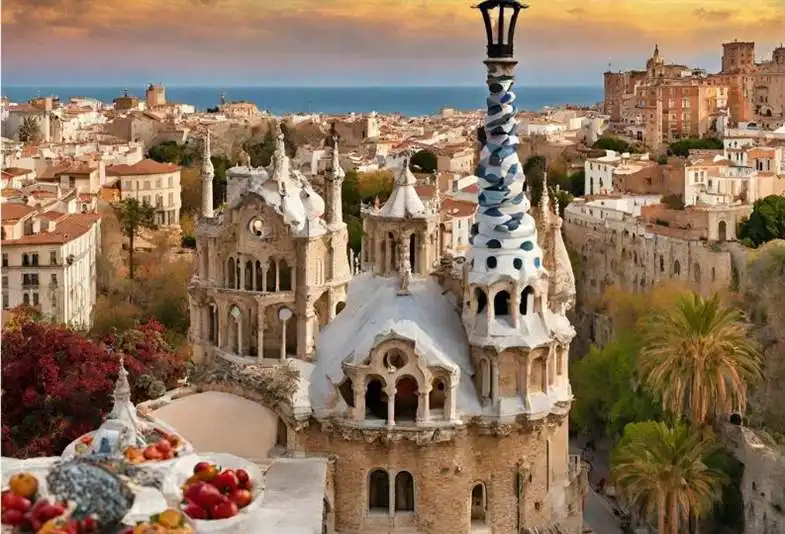



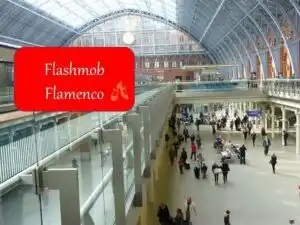


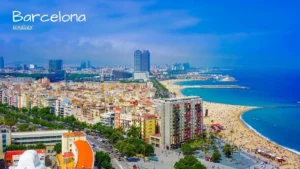


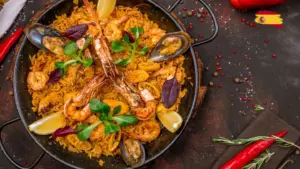
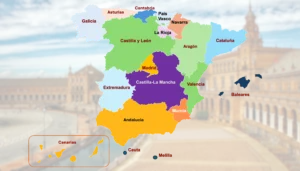
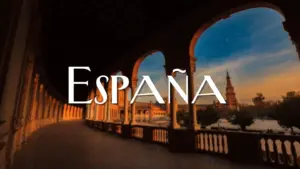
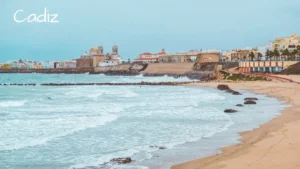
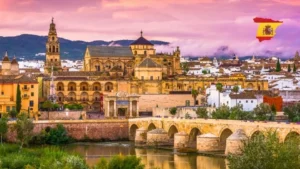








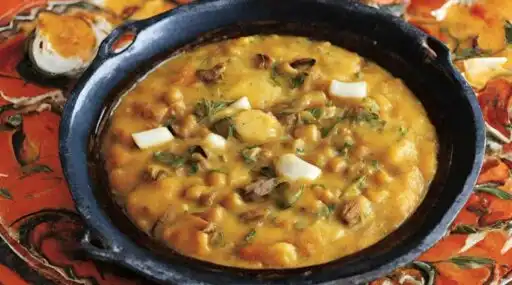

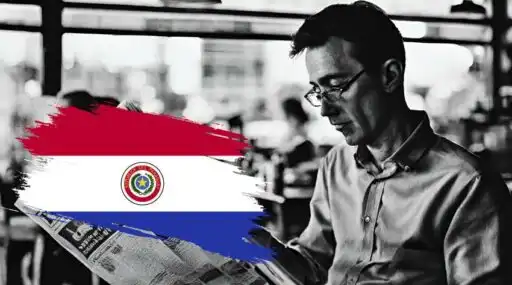


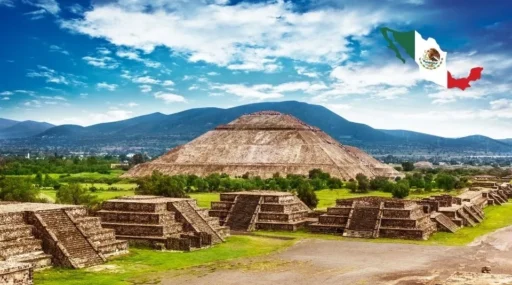



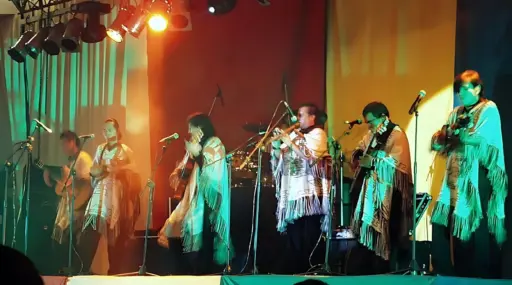
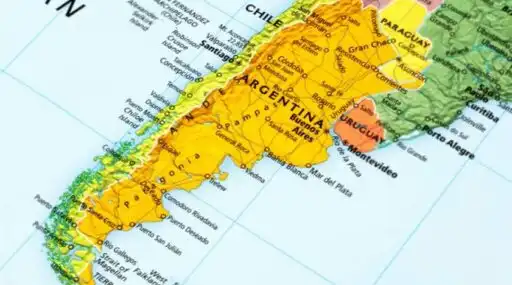
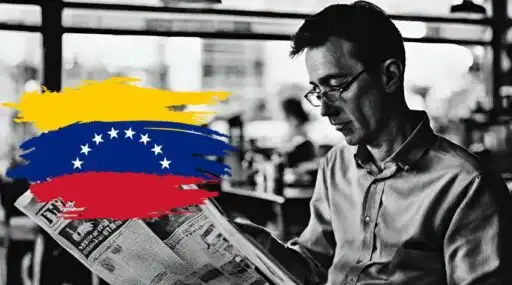


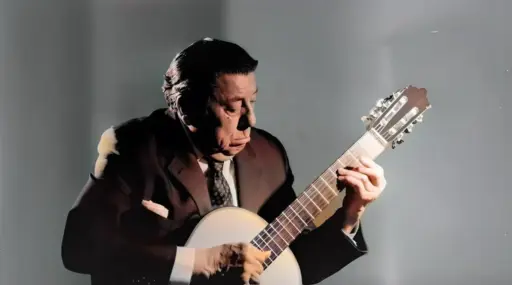
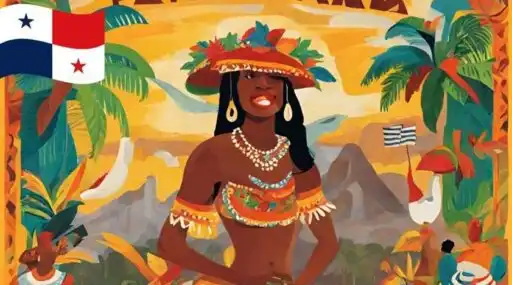

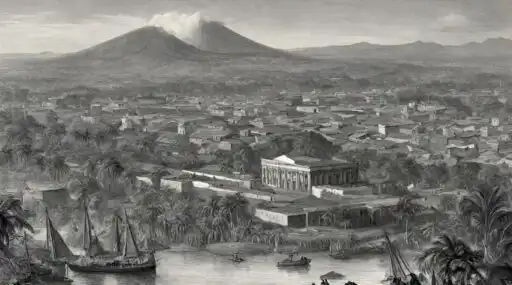
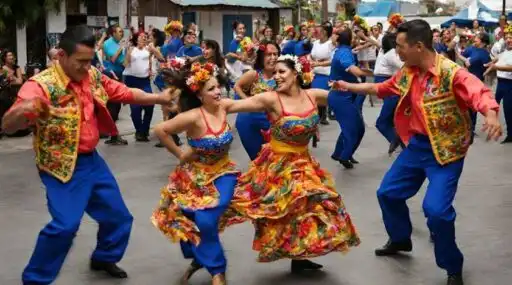



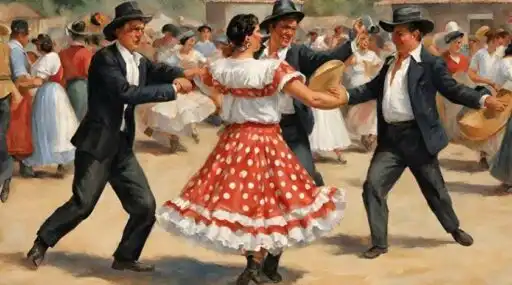
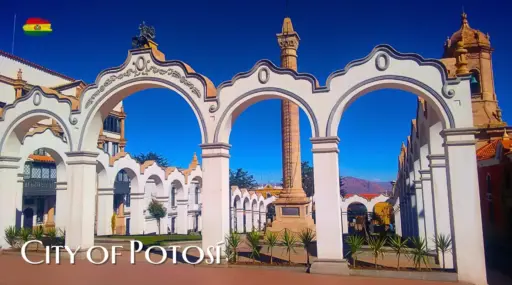
Leave a Reply